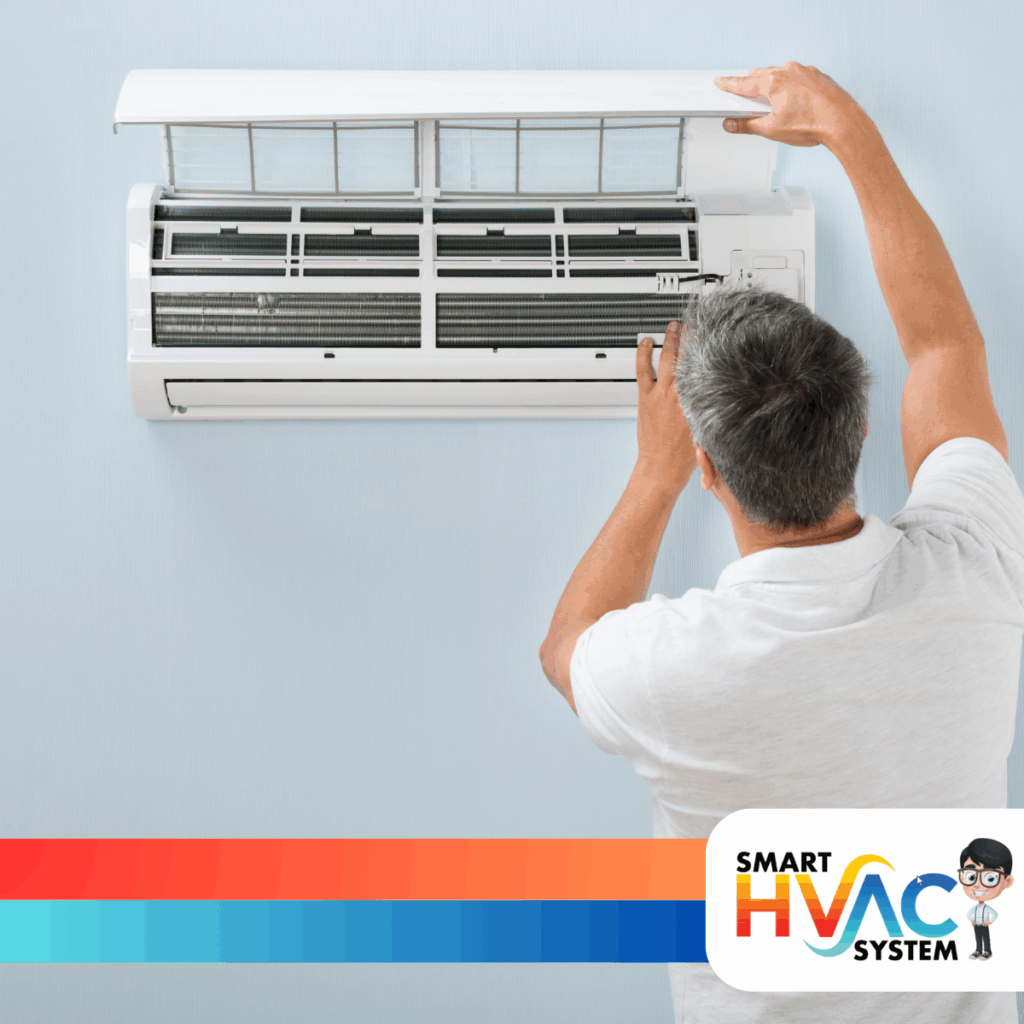If any of these signs sound familiar, it’s worth getting a professional HVAC technician to inspect your system. They can evaluate your AC unit, offer honest advice, and help you determine if AC repair or replacement is the better option.
Benefits of Upgrading Your Air Conditioning System
- Lower energy bills
- Better air quality
- More consistent cooling
- Quieter operation
- Smart home compatibility
- Increased property value
No air conditioner lasts forever—but with regular maintenance and a timely upgrade, you can ensure your home stays comfortable, energy-efficient, and cost-effective. Don’t wait for your unit to completely fail. If your cooling system is showing its age, consider an upgrade before summer hits full force.
“A Step-by-Step Guide to Professional AC Installation”
Whether you’re replacing an old AC unit or installing a brand-new air conditioning system for your home, proper AC installation is essential. It’s not just about comfort—it’s about efficiency, longevity, and cost-effectiveness. A poorly installed system can lead to higher energy bills, frequent breakdowns, and inconsistent cooling.
Here’s a step-by-step guide to help you understand what goes into professional AC installation, so you know exactly what to expect when the technicians arrive.
Step 1: Choosing the Right System
Before anything gets installed, it’s crucial to choose the right air conditioner for your space. This includes:
- Type of system (central AC, ductless mini-split, window unit, etc.)
- Size and capacity (measured in BTUs or tons, depending on your home size)
- Energy efficiency rating (look for SEER-rated systems for better performance)
A professional HVAC technician will evaluate your home’s layout, insulation, windows, and square footage to recommend the most suitable cooling system for you.
Step 2: Home Inspection and Load Calculation
Next, a licensed technician will perform a Manual J load calculation, which assesses your home’s heating and cooling needs. This step ensures that your AC system isn’t too small (which leads to overwork) or too large (which wastes energy and money).
They’ll also inspect:
- Existing ductwork (if applicable)
- Electrical panel capacity
- Ventilation systems
- Airflow pathways
This evaluation helps customize the AC installation plan to your home’s unique requirements.
Step 3: Removing the Old Unit (if applicable)
If you’re replacing an older air conditioner, the team will carefully disconnect and remove it. This includes:
- Turning off power to the unit
- Safely handling refrigerants (which must be properly disposed of)
- Detaching indoor and outdoor components
They’ll also inspect your air ducts, electrical connections, and any areas where the new system will be integrated.
Step 4: Installing the New AC Unit
Now it’s time for the main event. Depending on the type of air conditioning system, this step can take several hours or even a full day. Here’s what’s typically involved:
- Mounting the indoor unit (e.g., in your attic, closet, or wall)
- Placing the outdoor unit on a level pad or stand
- Connecting refrigerant lines and electrical wiring
- Sealing ducts and joints to prevent air leakage
- Installing or upgrading thermostats
Proper AC installation requires attention to detail, especially when it comes to refrigerant handling, electrical connections, and airflow balancing.
Step 5: Testing and System Calibration
Once everything is connected, your technician will:
- Vacuum-seal the system to remove moisture and air
- Charge the unit with the correct amount of refrigerant
- Test the system for leaks or electrical issues
- Check airflow, temperature differential, and system response
This ensures that your air conditioner is running efficiently and safely before they leave.
Step 6: Walkthrough and Maintenance Tips
Finally, a good technician will walk you through your new AC system, explaining:
- How to use your thermostat and settings
- Maintenance tasks you can do (like changing filters)
- When to schedule your first AC maintenance checkup
This step ensures you’re comfortable with your new air conditioning unit and know how to keep it performing at its best.
Why Professional Installation Matters
Sure, DIY videos are tempting—but when it comes to installing something as complex as an air conditioning system, cutting corners can be costly. Here’s why professional AC installation is worth it:✅ Correct sizing and placement
✅ Warranty protection
✅ Safety compliance with electrical and refrigerant handling
✅ Maximized system lifespan
✅ Lower energy costs
READ MORE:

